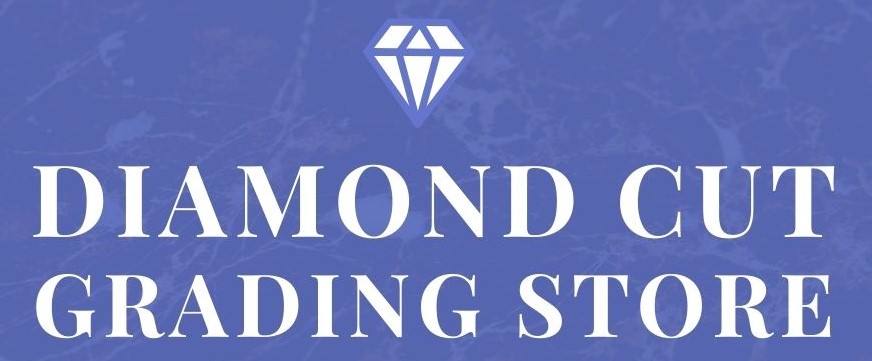What it means to the trade
Why it is beneficial to the trade and the consumer
For as long time, 1967 to be more exact, I entered the family jewelry business. Since then I have been exposed to diamond trading, grading wholesaling and retailing. From cutter, to dealer, to retailer and to the consumer, the communication of a diamond’s quality is one of the most important parts of the entire jewelry business. This said, the trade is well aware of the shortcomings of the status quo. We rely on diamond grading reports, but understand the rather erratic nature of how these documents, related devices and human graders provide physical measurements, UV fluorescence strength, color and clarity grading.
If you show a diamond to a dealer with a secondary lab report they will only buy it for one color and/or one clarity grade lower in value. Even if they agree with the report, they won’t trust it or even trust their own knowledge. They know that even the source of the most trusted diamond grading is inconsistent enough to have cost them before. Burn me once, shame on you, but burn me twice, shame on me. That’s just the way it is.
If the world was a perfect place, we’d have no problem with making a living or trading diamonds. It would be better for the international nature of the diamond business to have documents for diamonds that made them more readily tradable. Accurate documents measurements that held up to strict control, correct UV strength, reliable and accurate color and clarity grading all would contribute to stability and trust. For those who like to gamble, there are plenty of diamonds without grading documents or with old documents. It isn’t as if everyone will immediately appreciate the change that is possible today, but one must not be close minded about the potential to do more and better business, either.
For the past 14 years, I have been privileged to have played a small role as a consultant to a future industry leader firm. This relatively small but rather well funded firm is now bringing to the diamond industry a rather complete system which does the job of diamond measurement and grading for the vast majority of diamonds in nearly a fully automated way. All technological changes “evolve”. No technology is perfect upon its first delivery to users, but we are on the third generation of improvements by now and it is being deployed in labs and cutting facilities to improve diamond grading accuracy with increased speed and efficiency unlike any product in the marketplace. There still is a role for a gemologist in the mix, but the presently subjective nature of color, clarity, symmetry and fluorescence grading is virtually reduced to an occasional adjustment by a knowledgeable gemologist to correct minor error due to the complex possibilities in the odd stone. One can spend several million dollars to create machines to grade 97% of diamonds and many more millions to grade 98.5%. When the potential for a return on investment is not there, one must be realistic in just how much to spend to grade certain strange diamonds with technology. It becomes the chief gemologist’s role to grade or adjust for the small number of diamonds that a machine won’t grade perfectly. This is standard for all technology and not an excuse No one will build a device or system where it is impossible to recapture the investment unless they are a well funded, non-profit R&D facility. While we think we have these sorts of facilities already in the diamond industry, we must examine why little has been done by any of them to make the grading of diamonds more efficient, less time consuming and more accurate. Could it be that they have a vested interest in the status quo? Do you think their very best clients, diamond dealers, might just prefer to leave subjectivity as an excuse or a bargaining tool? This is something we should ponder.
How will the trade and consumer benefit from new grading technology? Do we ever question the desirability of honesty and accuracy? Few of us would deny that honesty and accuracy are laudable and noble goals. What consumer would not willingly give up fear and doubt and wish to replace these feelings with trust and assurance? What legitimate retailer would not wish to provide correct grading to their customers? How many retailers are being hurt financially today by dishonest or ignorant competitors who offer phony “certs” with pumped up color and clarity grades? How many honest diamond dealers are amazed at competitor dealers who flog loads of diamonds accompanied by phony documents? Who could fail to be amazed at the amount of lucrative business being done with these bad documents? It is very difficult for honesty to prevail when dishonesty remains so defiantly profitable.
Consumers would be surprised the degree of honesty and integrity prevalent in the diamond trade. No, it isn’t just honesty among a den of thieves. There is true integrity within the business, in spite of all that I have stated here. To clarify my point, I am saying there are some truly rotten apples in the business willing to use poor diamond grading as the means to their own ends, getting rich fast. There is nothing wrong with earning your riches, but the get rich fast approach is unfair to everyone.
Being early is a lot better than being late when it comes to being recognized for taking a positive stand for accuracy. There is no downside for being a leader when it is obvious that the status quo is a failed strategy for moving into the future.
